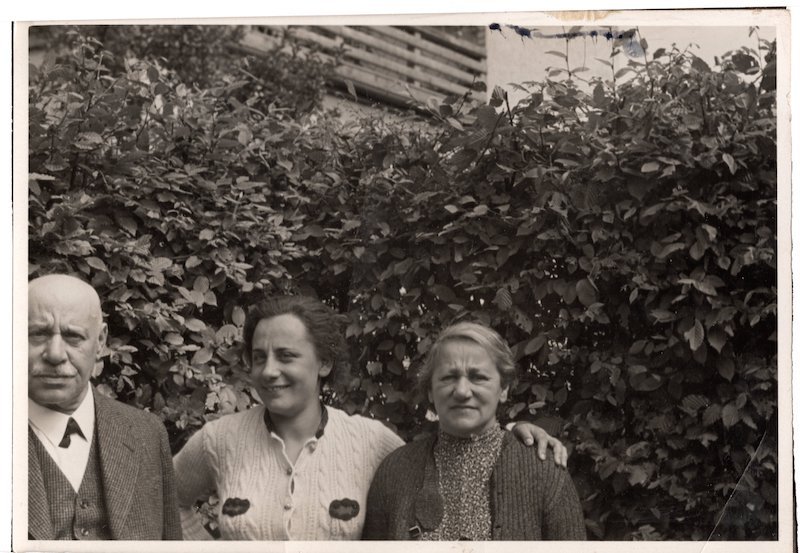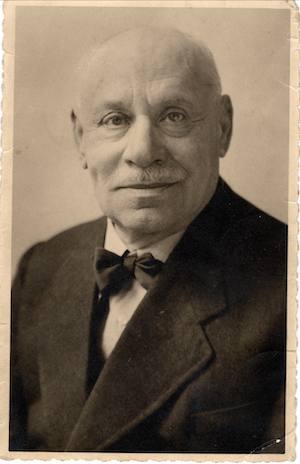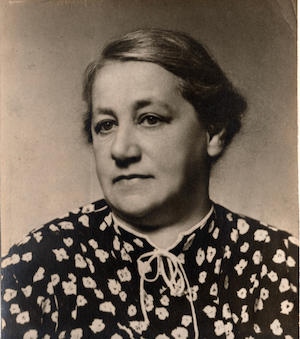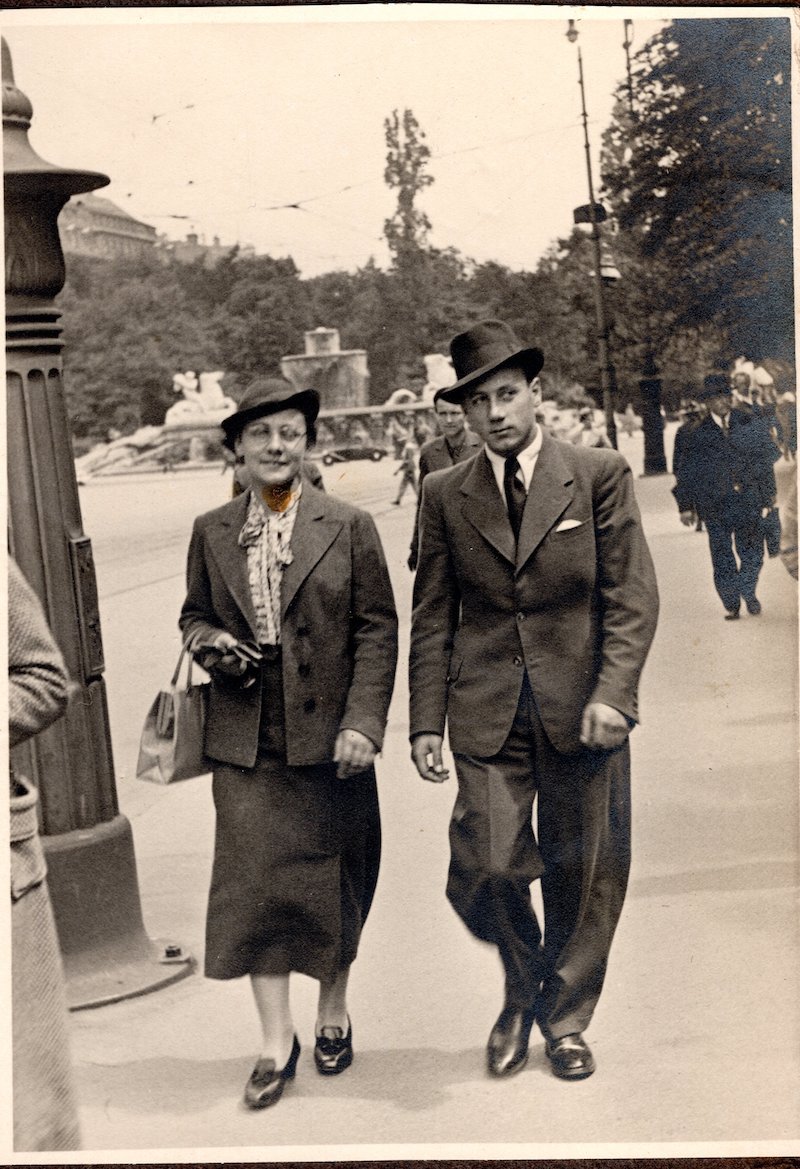"Postcards to Hitler" - A searing story told through the voices of those who lived it.
A short video clip of Benno's story .

Benno Neuburger, modest land investor from Munich and Anna Einstein daughter of a cattle dealer from Laupheim, marry in 1907. They begin their lives together with great hope. It is a relatively prosperous time and a very optimistic one for German Jews. Europe has enjoyed many decades of peace on its own soil (wars in the colonies are another matter) and Jews are enjoying a social renaissance in the industrializing, urbanizing rising star that is Germany.
It is not clear that this good fortune might begin to unravel. Even when news of an assassination in an “obscure” Balkan corner of the continent passes like a cold wind through Munich on a warm beer-garden July day in 1914, people shudder but feel no great alarm.

Benno Neuburger, modest land investor from Munich and Anna Einstein daughter of a cattle dealer from Laupheim, marry in 1907. They begin their lives together with great hope. It is a relatively prosperous time and a very optimistic one for German Jews. Europe has enjoyed many decades of peace on its own soil (wars in the colonies are another matter) and Jews are enjoying a social renaissance in the industrializing, urbanizing rising star that is Germany.
It is not clear that this good fortune might begin to unravel. Even when news of an assassination in an “obscure” Balkan corner of the continent passes like a cold wind through Munich on a warm beer-garden July day, people shudder but feel no great alarm.
Yet what follows is a war provoked by inter-colonialist competition. It is prolonged and bloody, giving way to German defeat, revolution, a brief socialist interlude in Munich, a merciless counter revolution, and the pitiless demagoguery of defeated generals. So marks the end of the idyll and the commencement of an era of nearly relentless distress and turmoil for Germany and Europe.
The lives of Benno and Anna and their extended families in Laupheim, Traunstein and Wolfratshausen are amid this swirl. Trying to make a life, trying to understand, people struggle to survive, as they cling to the hope of a peaceful resolution to crisis.

But to no avail.
Munich becomes the epicenter of German fascism fed by nationalist resentment and racial madness – an offspring of European rivalries and colonialism. In the 1920s the brown shirts of Germany’s former colonial army become the uniform of a domestic legion of terror . . .


In the 1920s
Benno, Anna and their children live as close neighbors to the demagogue who will become the Nazi leader. A slow-moving horror show envelops them in the years that follow.
In the 1930s and 1940s
Emigrating children, a pogrom, a new war, evictions, “resettlement” via a train ride east . . . desperate acts of resistance, arrest, trial – as the holocaust plays out. It’s all up close and personal. It is history drawn from letters, interviews, and a mountain of archival documents. And it is a human story told through the voices of those who lived it.




In the 1930s and 1940s Emigrating children, a pogrom, a new war, evictions, “resettlement” via a train ride east . . . desperate acts of resistance, arrest, trial – as the holocaust plays out. It’s all up close and personal. It is history drawn from letters, interviews, and a mountain of archival documents. And it is a human story told through the voices of those who lived it.

